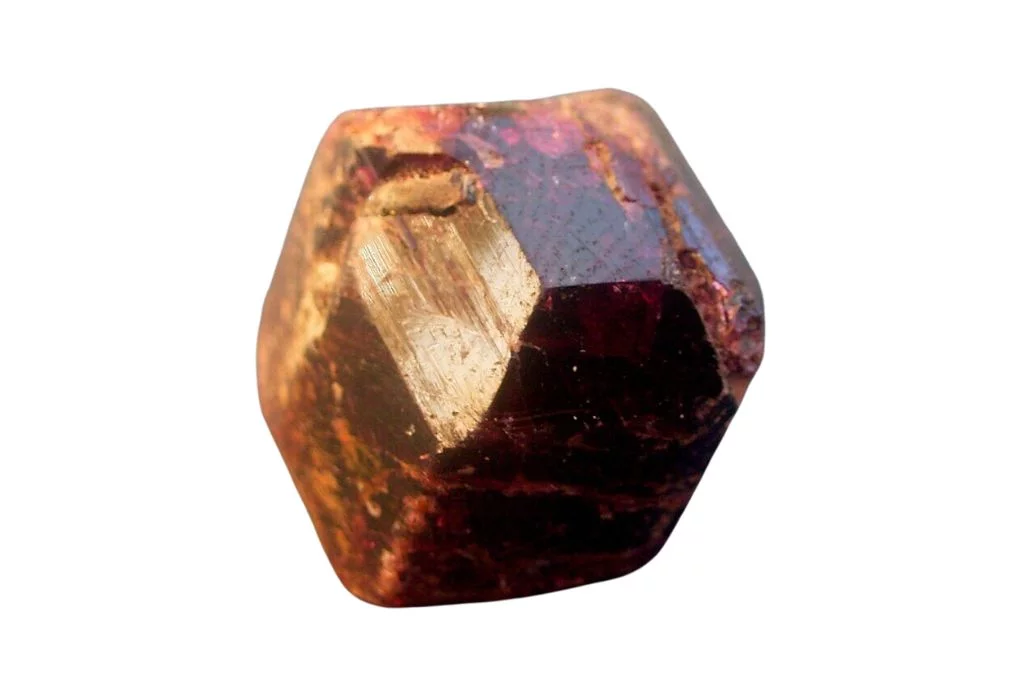Color and Appearance of Almandine Spinel
Almandine spinel exhibits a striking deep red to purplish-red hue, often described as reminiscent of a fine red wine or pomegranate seeds. This rich coloration is one of its most distinguishing features, setting it apart from other gemstones. The intensity of its color can vary, ranging from lighter pink-red shades to deep, saturated reds with a slight purple undertone.
Crystal Structure
Almandine spinel belongs to the cubic crystal system, forming octahedral crystals. This structure gives the gemstone excellent optical properties, including a high refractive index that contributes to its brilliant luster. The crystal faces are typically smooth and well-formed, making it a popular choice for faceted gemstones.
Physical Characteristics
With a hardness of 8 on the Mohs scale, almandine spinel is quite durable, making it suitable for everyday wear in jewelry. It has no cleavage, which further enhances its toughness. The gemstone also exhibits a vitreous to sub-adamantine luster, giving it a glass-like shine that catches the eye.
Unique Features
One of the most notable characteristics of almandine spinel is its high dispersion, which creates a captivating fire effect as light passes through the stone. This property, combined with its excellent clarity and lack of inclusions, results in a gemstone with exceptional brilliance and sparkle. Additionally, almandine spinel is known for its ability to display asterism, a rare optical phenomenon that creates a star-like effect on the surface of some specimens when cut as cabochons.
Historical and Cultural Significance of Almandine Spinel
Almandine spinel, often simply called almandine, has been prized for centuries due to its rich red color and durability. In ancient times, it was frequently mistaken for ruby, leading to its inclusion in many royal jewels and crowns. This confusion persisted until the development of modern gemological techniques in the 19th century. Almandine has been found in archaeological sites dating back to ancient civilizations, indicating its longstanding value in human culture.
Metaphysical Associations
In metaphysical circles, almandine is believed to possess powerful energetic properties. It is often associated with grounding and protection, thought to shield the wearer from negative energies and promote a sense of security. Many practitioners use almandine to stimulate creativity, enhance courage, and boost vitality. It is also linked to the root chakra, believed to help balance and align this energy center, promoting feelings of stability and connection to the earth.
Common Uses and Benefits
Traditionally, almandine has been used primarily in jewelry, valued for its deep red hue and durability. In modern times, it continues to be popular in rings, necklaces, and other ornamental pieces. Beyond its aesthetic appeal, almandine is used in meditation practices and crystal healing sessions. Many people carry or wear almandine as a talisman for protection and strength. In alternative medicine, it is sometimes used to address issues related to blood disorders, circulation, and overall vitality. Some also believe it can help alleviate stress and anxiety, promoting a sense of calm and inner peace.

